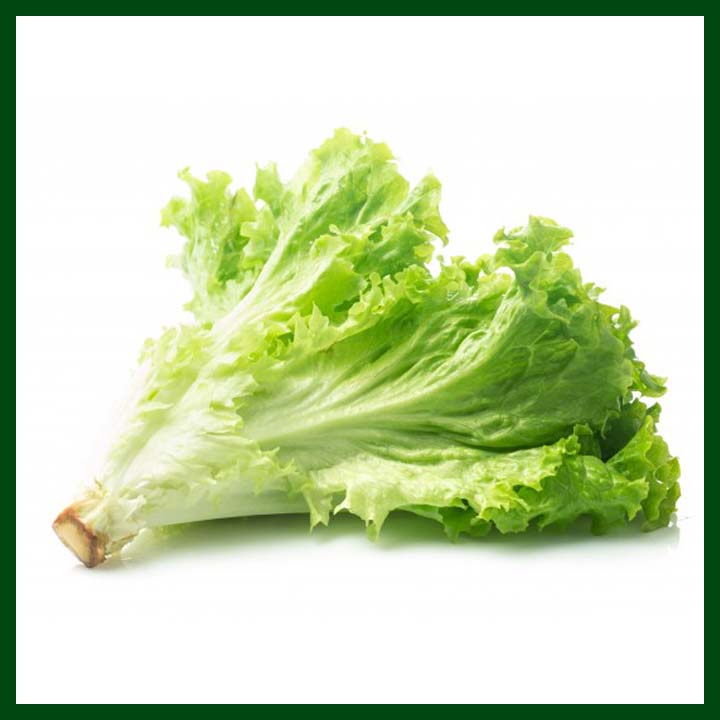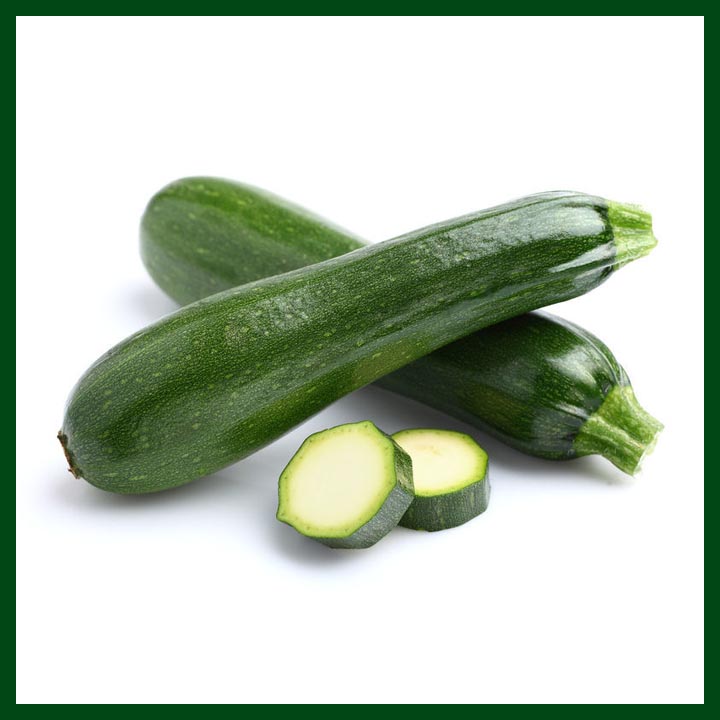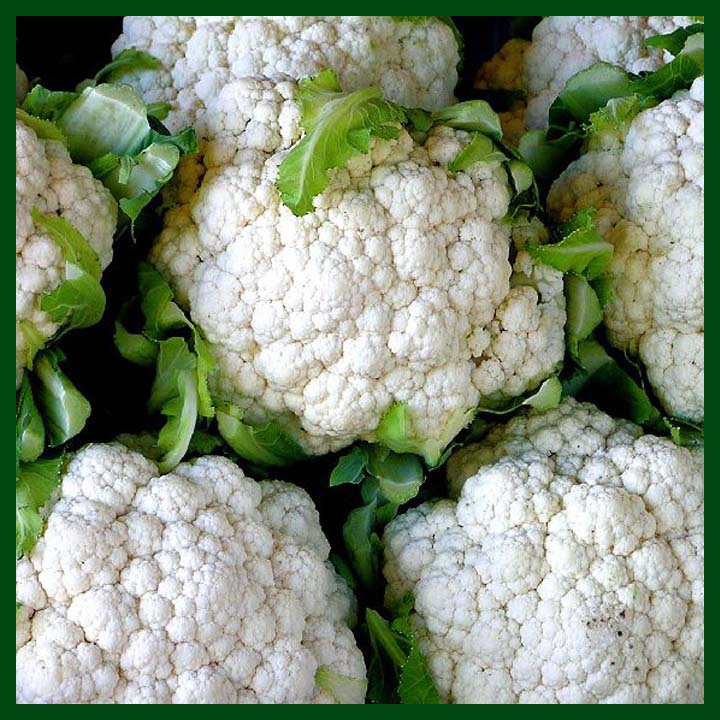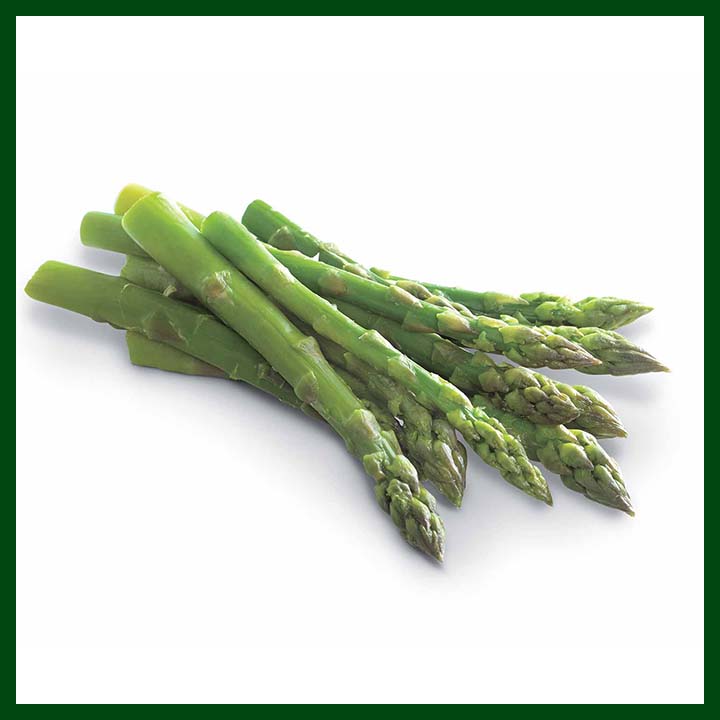Napier Grass Seed – 1Kg – MGS1320
৳ 350.00
Description
Napier Grass Seed – MGS1320
Price: 350 Taka (1Kg Pack)
Germination Temperature (Approx.): 25°C to 35 °C
**Approximately 6 Kg Napier Grass seed is required to cover one Bigha of land area
Napier grass is one of the important perennial tropical forage crop belong to family Poaceae. It is also called Uganda grass or elephant grass. It is native to Africa but is now grown in many tropical countries. It is C4 plant and can grow well in marginal land. The grass grows tall and forms large clumps like bamboo.
Uses
Mainly used as fodder crop. Generally, it is fed directly to cattle or made into silage or hay. It produces huge biomass and can be harvested multiple times in a year which making it a good raw material for biofuel production. Napier grass is planted in marginal lands and slopes to increase soil fertility and to reduce soil erosion. It is also the main source for paper production in many regions. Napier grass is also used in integrated pest management strategy as pull crop mainly in maize and sorghum producing areas. Napier grass is grown along maize or sorghum (in rows or in borders) to reduce the stem borer population. It is also commonly grown in borders of many crops as windbreak and firebreak.
Propagation
Basic requirements Napier grass is best grown in warm, tropical and subtropical regions. And grows well up to an altitude of 2000 m from sea level. Generally, it performs very well at temperature ranging from 25 to 35 degree Celsius. Napier grass is very sensitive to frost and water logging conditions. Planting Napier grass usually produces few full form seeds. So the main mode of propagation is by stem cuttings. The cuttings with five internodes are planted by inserting into furrows at 75 cm apart, both along and between the rows.
Ref: https://plantvillage.psu.edu/topics/napier-grass/infos
Disclaimer: In accordance with the universal custom of seed trade we give no warranty expressed or implied as to description, quality, productivity or any other matter of any way for the crop results beyond the purchased price especially under unsuitable season, abnormal weather, unsuitable soil and other unexpected conditions.
বীজ ব্যবসার সার্বজনীন প্রথা অনুযায়ী আমরা বিশেষত অনুপযুক্ত ঋতুতে, বিশেষত অনিয়মিত আবহাওয়া, অনুপযুক্ত মাটি এবং অন্যান্য ক্রয়মূল্যের বাইরে ফসলের ফলনের বর্ণনা, গুণমান, উৎপাদনশীলতা বা অন্য যে কোনও বিষয়ে বর্ণিত ওয়ারেন্টি প্রদান করি না অপ্রত্যাশিত শর্ত
#Napier #Elephant #Uganda #নেপিয়ার #ঘাস #African #Grass #for #livestock #feed #fodder #crop #food #farming #Color #Outdoor #Plant #Rooftop #seeds #Balcony #online #store #shop #company #my #garden #bd #mygardenbd #nature #ছাদ #বাগান #টব #গাছ # ফুল #বীজ #in #Dhaka #Bangladesh #MGS1320
Additional information
| Weight | 1 kg |
|---|






Noor –
I need 2 kg